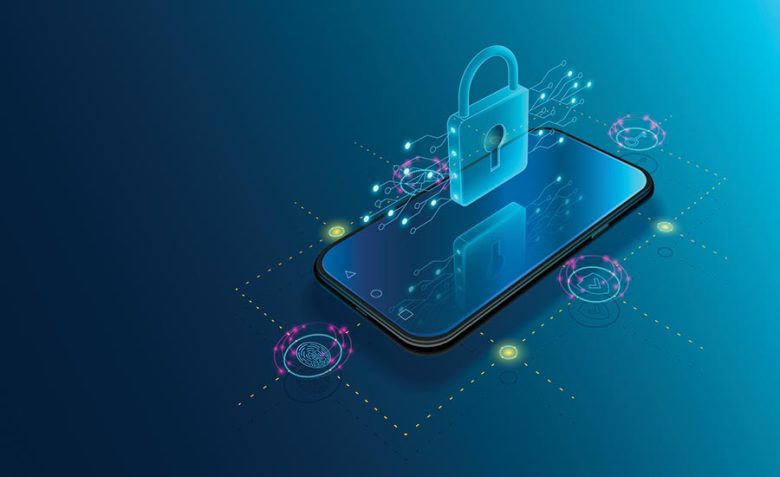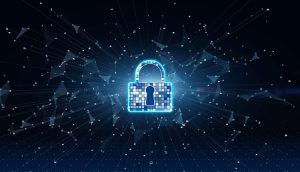Digital security doesn’t require a computer science degree. With cyber threats becoming increasingly sophisticated, protecting your devices has never been more important—or more achievable. Simple security habits can shield your personal information, financial data, and digital life from hackers and cybercriminals. These straightforward strategies will help you build a robust defense against digital threats without overwhelming complexity.
Password Protection
Strong passwords serve as your first line of defense against unauthorized access. Create unique passwords for each account using a combination of uppercase letters, lowercase letters, numbers, and special characters. Avoid using personal information like birthdays, names, or addresses that hackers can easily guess or find on social media. Consider using passphrases—random combinations of words that are easier to remember but difficult to crack. Password managers like Bitwarden or 1Password can generate and store complex passwords for all your accounts, eliminating the need to remember dozens of unique combinations while ensuring maximum security.
Software Updates
Keeping your software current is one of the most effective ways to protect your devices from security vulnerabilities. Enable automatic updates for your operating system, antivirus software, web browsers, and applications whenever possible. These updates often include critical security patches that fix newly discovered vulnerabilities that cybercriminals actively exploit. Don’t postpone updates because they seem inconvenient—hackers specifically target outdated software with known security flaws. Set aside time weekly to check for and install any pending updates on all your devices, including smartphones, tablets, computers, and smart home devices.
Avoiding Phishing Scams
Phishing attacks trick users into revealing sensitive information through deceptive emails, text messages, or websites. Learn to recognize common warning signs: urgent language, spelling mistakes, suspicious sender addresses, and requests for personal information. Legitimate companies rarely ask for sensitive data via email or text. When in doubt, contact the organization directly through their official website or phone number rather than clicking links in suspicious messages. Hover over links before clicking to preview the destination URL, and be wary of shortened URLs that hide the actual website address. Trust your instincts—if something feels off, it probably is.
Secure Networks
Public Wi-Fi networks pose significant security risks because they’re often unencrypted and monitored by malicious actors. Avoid accessing sensitive information like banking accounts or personal emails when connected to public networks in coffee shops, airports, or hotels. If you must use public Wi-Fi, consider using a Virtual Private Network (VPN) to encrypt your internet connection and protect your data from eavesdroppers. At home, secure your Wi-Fi network with WPA3 encryption and change the default router password. Regularly review connected devices to ensure only authorized users have access to your network.
Two-Factor Authentication
Two-factor authentication adds an extra security layer by requiring two forms of verification before granting account access. Even if hackers obtain your password, they still need the second factor—usually a code sent to your phone or generated by an authenticator app. Enable two-factor authentication on all important accounts, especially email, banking, and social media platforms. Authenticator apps like Google Authenticator or Authy provide more security than SMS codes, which can be intercepted. For particularly sensitive accounts, some services also support hardware security keys, providing the highest level of protection.
Physical Security
Physical device security is just as important as digital protection. Set up screen locks on all devices using PINs, passwords, biometric authentication, or patterns. Enable automatic screen timeouts to ensure your device locks when left unattended. Configure remote wipe capabilities so you can erase data if your device is stolen or lost. Keep devices out of sight in vehicles and public spaces, and never leave them unattended. For laptops and computers, consider using cable locks in shared workspaces. Back up important data regularly so device theft doesn’t result in permanent data loss.
Staying Safe in the Digital World
Device security doesn’t have to be complicated or time-consuming. These fundamental practices create multiple layers of protection that significantly reduce your vulnerability to cyber threats. Start implementing one or two strategies today, then gradually adopt the others as they become habits. Regular security maintenance—like updating software and reviewing account settings—takes just a few minutes but provides invaluable protection for your digital life. Remember that cybersecurity is an ongoing process, not a one-time setup, so stay informed about emerging threats and adjust your security practices accordingly.
FAQs
1. How often should I change my passwords?
Change passwords immediately if you suspect an account has been compromised or if a service reports a data breach. For regular maintenance, update passwords for critical accounts every 6-12 months, or use a password manager with unique passwords for each account.
2. Is free antivirus software sufficient for protection?
Free antivirus software provides basic protection against common threats, but paid versions typically offer more comprehensive features like real-time scanning, advanced threat detection, and customer support. Your choice depends on your usage patterns and risk tolerance.
3. What should I do if I think my device has been hacked?
Immediately disconnect from the internet, run a full antivirus scan, change all passwords, enable two-factor authentication on important accounts, and monitor financial statements for suspicious activity. Consider contacting a tech professional for assistance with severe infections.
4. Are public charging stations safe to use?
Public charging stations can pose security risks through “juice jacking” attacks that steal data while your device charges. Use your own charger with a wall outlet when possible, or use a USB data blocker that allows charging while preventing data transfer.
5. How can I secure smart home devices?
Change default passwords, keep firmware updated, create a separate network for smart devices, disable unnecessary features, and regularly review connected devices. Many routers allow you to create guest networks specifically for IoT devices to isolate them from your main network.




